Late last year, Korn Ferry predicted that CDOs will be among the most in-demand C-level positions in 2015 and IDC predicted that by 2020, “60% of CIOs in global organizations will be supplanted by the Chief Digital Officer (CDO) for the delivery of IT-enabled products and digital services.”
Research and publish the best content.
Get Started for FREE
Sign up with Facebook Sign up with X
I don't have a Facebook or a X account
Already have an account: Login
Get weekly or monthly digest of all posts in your inbox: https://fmcs.digital/wim-subscribe
Curated by
Farid Mheir
 Your new post is loading... Your new post is loading...

Kenneth Mikkelsen's comment,
April 22, 2013 8:06 AM
This video is recommended for newcomers working with the Business Model Canvas.
|

Curated by Farid Mheir
Get every post weekly in your inbox by registering here: http://fmcs.digital/newsletter-signup/
|








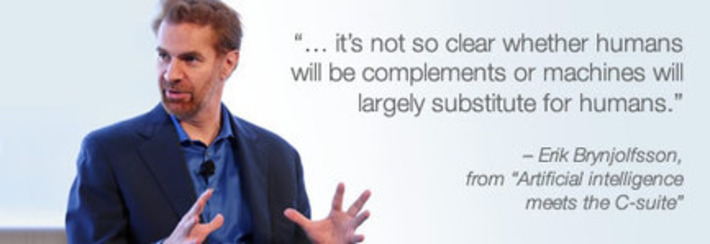
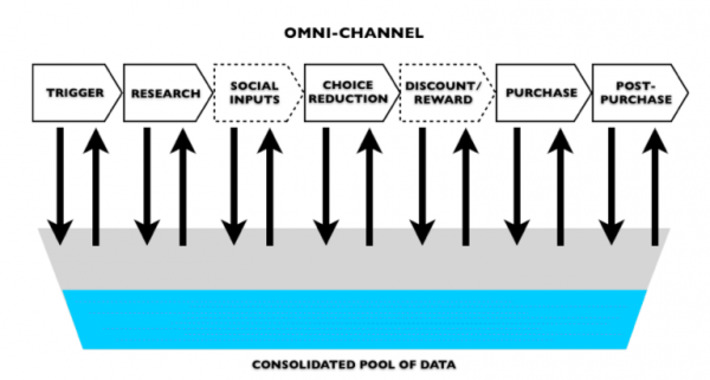
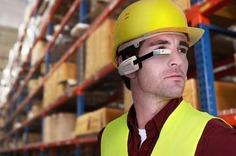
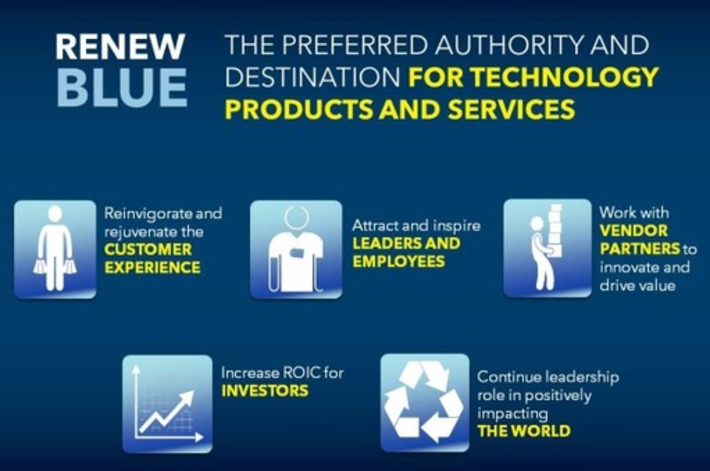
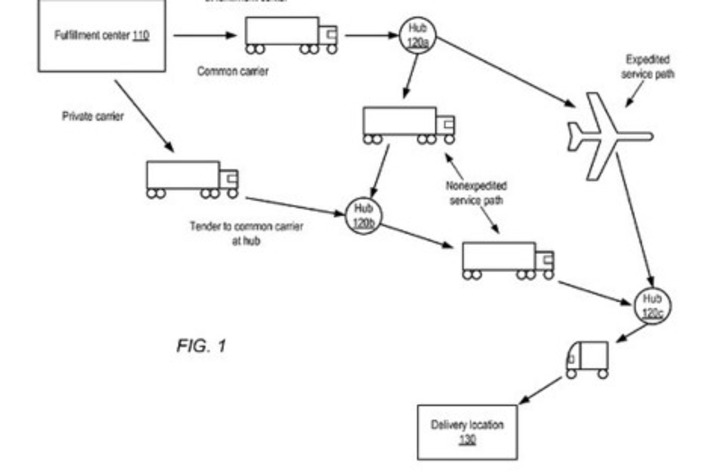
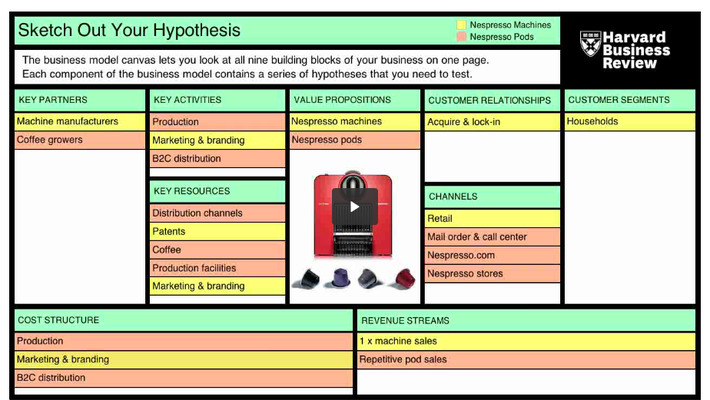

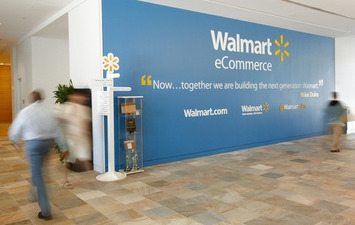








CDOs are high level executives that work together or will replace CIOs in some cases.
WHY THIS IS IMPORTANT
Many organizations let CMOs drive the digital show or watch passively as the CIO tries to do something. Naming a CDO and making them high level executives - here a senior VP - gives them the power and the influence to imprint a digital transformation in the organization.